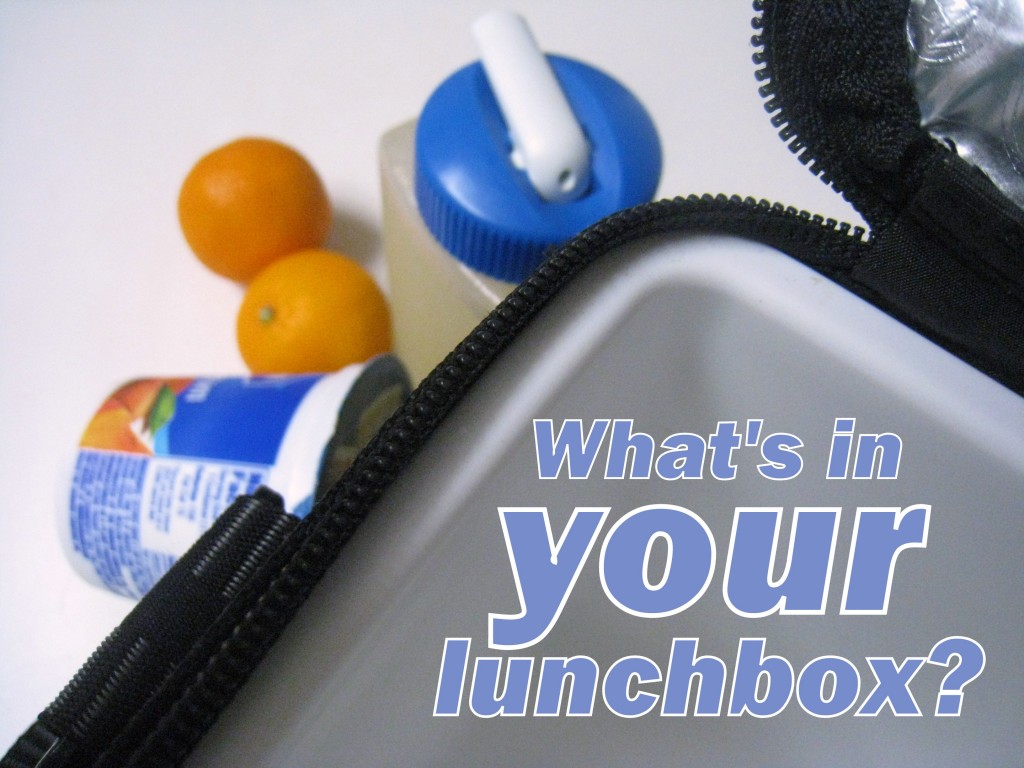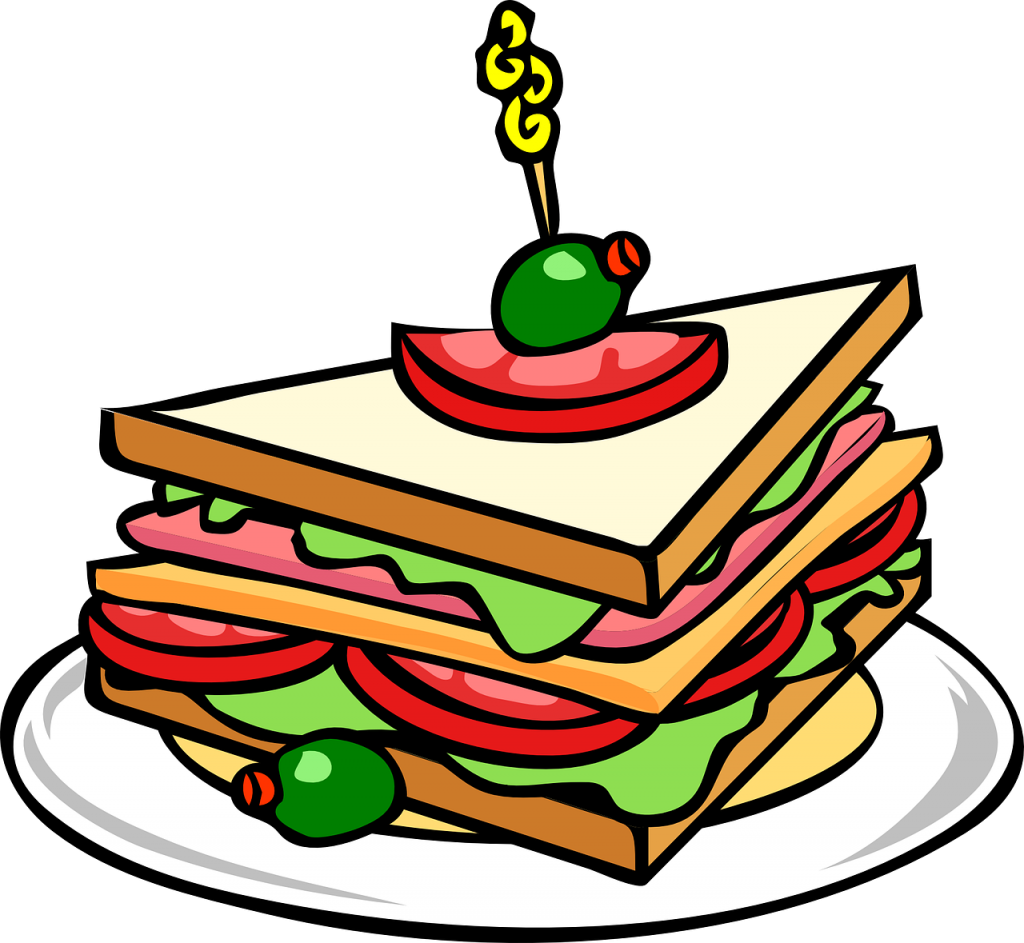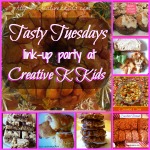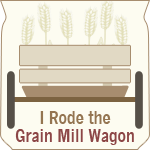In the previous post in this series, I brainstormed some creative rut-busting ideas for the lunchbox sandwich. Today, let’s go even further beyond the sandwich to something almost universally loved by small children - Dipping! Almost every article I’ve ever read on the subject of how to get your child to eat healthy foods mentions the #1 Mom Trick: Make the food finger food and add a dip. Something about that experience just turns a boring, mundane or even disliked food into fun, exciting and delicious! Be honest: even as an adult, a little bit of dip makes a celery stick a lot more edible, right?
Celery sticks aren’t the only things you can dip, though. Grab some mini leak-proof plastic containers, a few basic ingredients from your fridge and pantry, and see what fun things your child can dip in his lunch today!
*Chicken Nuggets/Fingers and Meatballs
I really wouldn’t recommend purchasing these at the store, since almost every kind has had the life processed out of it and contains a lot of undesirable ingredients. There are healthier brands, which are worth the money if you can afford it and don’t have time to make your own, but they’re definitely expensive. Both are actually really easy to make, though, and if you cook up a large batch and store it in the freezer when you do have some spare time, it will be ready for a quick lunch when you really need it. I’ve browsed the web for you to find you some great, creative recipes to give you a head start (I may have found one or two on my own blogs…):
Pan-Fried Lemon Chicken Nuggets (You don’t even need to turn on the oven!)
CrockPot Chicken Nuggets (Again, no oven - Stephanie at A Year of Slow Cooking makes everything - and I mean EVERYthing in the crock pot! A great resource for busy moms.)
Baked Honey Mustard Chicken Nuggets (You will need the oven for these.)
Sweet and Spicy Chicken Nuggets (Replace the flours with regular wheat flour, bread crumbs or any crushed cereal or cracker)
Chicken Meatballs (Ground chicken makes a delicious, tender meatball. This is more of a method than a recipe: add seasonings to taste.)
Porcupines (The name alone is enough to pique a child’s interest! This is a take on a traditional Mexican soup.)
Make-Ahead Meatballs (That’s what I’m talking about! Love make-ahead stuff!)
Tip: Send along a toothpick or two to make dipping easy.
2.Sweet Potato Fries, etc.
I have never met a kid who didn’t like French fries. Unfortunately, fried potatoes don’t keep well at all, so they’re not a great idea for lunchboxes. However, sweet potato fries hold up better, taste just as good, are just as dippable, and pretty easy to make as well! Here’s a round-up of a variety of sweet potato dippables…
Oven-Baked Sweet Potato Fries
Rosemary Garlic Sweet Potato Fries
Fried Sweet Potato Chips
Baked Sweet Potato Chips
3. Crudites
Dipping is certainly one way to get your child to eat her veggies! Check out this link for a great tip that makes sending veggies and dip to school super easy. Here are a few veggie ideas (cut them in thin strips or sticks):
- -celery (I personally like to cut it pretty thin, makes it easier to bite and chew … and swallow!)
- -carrots
- -cucumbers
- -red or green peppers
- -broccoli
- -cauliflower
- -cherry or grape tomatoes
4. Fruits
A lot of fruits brown when cut and exposed to air, so douse them in diluted lemon juice and pack them in an airtight container. My DH actually prefers slightly browned fruit to the lemon taste, so depending on your child, you can just skip that part. Here are some fruits that pair well with dip:
- -apple wedges
- -sliced pear
- -orange segments
- -melon cubes
- -berries
- -grapes
5. Bread or Crackers
My friend Sheila at Alice and the Mock Turtle had some great lunch ideas last school year: check out her post from last August about how to make a delicious lunch out of bread sticks and dips! Also try pita bread (cut in triangles) or bagels cut into chunks. Tortillas and tortilla chips go well with certain dips (like guacamole for example).
Crackers are another great option - they go well with all manner of dips and spreads and are easy, portable finger foods. Check the ingredients, and find crackers with whole grains, minimal sodium, and no hydrogenated oils.
What to Dip it IN
Ketchup and mustard aren’t the only options for dipping. Read on for some tasty alternatives.
*BBQ Sauce
Most store-bought bottled BBQ sauce has high fructose corn syrup in it, among other undesirables. You can shell out the big bucks for healthier versions, or you can make your own. It’s really so easy; Most recipes start with a ketchup base. Here are a few that I really like:
Old Bay BBQ Sauce
Basic BBQ Sauce
Honey BBQ Sauce
*Ranch Dressing
You can go with the bottled varieties - there are some mainstream brands with relatively healthy ingredients - but it’s super easy to make at home as well. I usually just take some plain yogurt (and/or mayo, and/or sour cream, depending on what I have on hand. Buttermilk is good, too.) and add garlic powder, a little salt and pepper, and dill. I’ll occasionally throw in other things that sound good, too, like lemon juice or chives. If you want a real recipe, try this one (Instead of the yogurt cheese, just use a thick yogurt like Greek yogurt.) Here’s a Buttermilk version.
*Honey Mustard
Just stir some honey into the mustard, and there you have it.
*Sweet and Sour
The perfect flavor for chicken nuggets or meatballs! It’s easy to make at home, too.
*Sweet Dips
Fruit calls for a sweet - but not too sweet - dip. You can also use these dips with graham crackers, pretzels or the like for a treat.
-Peanut Butter Honey
This is particularly good with sliced apples. Just mix a few tablespoons of peanut butter with a couple teaspoons of honey and that’s it. It’s also great with a dash or two of cinnamon. Substitute another nut butter or sunbutter for allergies or peanut-free classrooms.
-Peanut Butter Chocolate
The perfect combination! Just mix together some peanut butter and chocolate sauce. You don’t even have to mix it to thoroughly; the marbled effect is even better!
-Cream Cheese Dip
There are a lot of variations on this. First you have to soften the cream cheese and whip it up a bit in the mixer. Then you can add other dairy products like yogurt or whipped cream, and then a sweetener such as honey or brown sugar. Jam is also delicious and adds some color.
-Yogurt Dip
One of the most basic and very versatile: to plain (or flavored) yogurt, add some honey and just a dash of lemon juice. Stir it well with a whisk. You can add whipped cream to this also and make it nice and fluffy.
Really, the sky’s the limit when it comes to dips! They can be altered subtly or dramatically simply by changing the seasonings or sweeteners (depending on the dip). Have fun!
Other Posts in this Series















